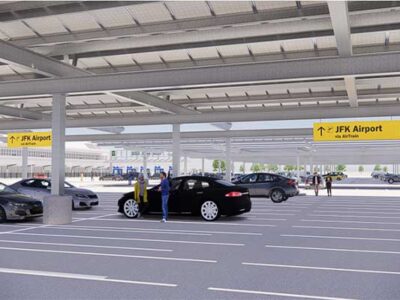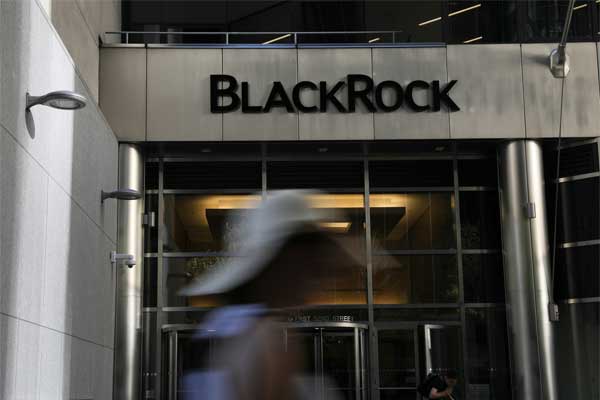At the end of June 2018, the Internal Revenue Service (IRS) released its much-anticipated guidance on commencce construction requirements for solar projects claiming the investment tax credit (ITC). The guidance, Notice 2018-59, is a rare win for the solar industry in a year of a number of federal policy losses, chief among them the tariffs on solar panels and steel.
The IRS notice provides safe harbors that allow solar projects to secure the ITC rate of the year in which they commence a significant amount of construction or incur 5 percent or more of the total systems costs, even if the system places in service in a future year when the ITC rate is lower.
However, regardless of when construction begins, systems must place in service before January 1, 2024 and meet continuous construction requirements to maintain their safe harbored status.
Given the positive news, how is the industry reacting; and, who will benefit most?
Who is Benefiting Most?
Although the ruling is positive overall for solar, some in the industry are better positioned to take advantage of the new rule. The ITC does not begin stepping down until the end of 2019, so near-term projects are not affected. Instead, the ruling will benefit systems in the earlier stages of development that successfully safe harbor in a year with a higher ITC rate – up to the full 30% – even if they place in service in 2020 or later.
Notice 2018-59 also provides an avenue for riding out module price increases due to section 201 tariffs. Some projects may now have the option to secure more favorable ITC rates by the purchase of non-module equipment (though module purchases are the most common way to incur costs, other equipment qualifies as well), while holding off on construction until module prices drop.
Pursuing a Safe Harbor: Be Careful Not to Run Before You Walk
Given this newly opened door, we expect to see a rush to begin construction or to procure equipment to meet safe harbor minimums prior to each year of the step-down. The rush is likely to be heaviest at the end of 2019 and the end of 2021, when the first and the most extreme step-downs occur.
Procuring equipment in order to incur the 5% minimum on some future project is the safest way to achieve safe harbored status. Because safe harboring a project by beginning construction requires construction continuity once underway, we expect to see this option used overwhelmingly for those projects that have already secured permanent financing.
Developer/investors with large balance sheets may have the luxury of buying up modules to put towards future projects that may not even be identified at the time of equipment purchase – however, there are two risks in doing so. First, developers must be careful to consult tax counsel to ensure they appropriately document and maintain safe harbor status on the purchased equipment (and avoid missteps that could result in losing the safe harbor).
Second, developers must take a view on what equipment will cost (and how productive modules will be) in the year in which they intend to build the project. Hypothetically, one could purchase modules in 2019 to put towards a project placing in service in 2023 in order to use a 30% ITC on that project. But, any gains from the higher ITC rate could be eroded by
1) lower equipment pricing or efficiency gains over the intervening four years,
2) artificially higher pricing in 2019 as a result of tariffs or demand from others also safe harboring modules, and
3) the carrying cost of the purchased equipment. Nevertheless, given that only 5% of a project’s cost must be incurred to achieve the safe harbor, we will no doubt see companies making this play, similar to when the 1603 cash grant program expired with a safe harbor.
Thanks, IRS
Overall, the ruling is a net positive to the industry. It likely will not change the outcome for projects well on their way to development, but it provides an opportunity for earlier stage deals to preserve economics during the step-down.
The guidance provides breathing room for projects and certainty on the timeline of requirements to maintain qualification for higher ITC rates. There is indeed still space to navigate how best to utilize these rules to each project’s advantage, and it is not a one size fits all solution.
Notice 2018-59 overarchingly provides forward momentum to the solar industry and is a much-appreciated outcome of IRS rulemaking. Who thought we would ever say that?















Does the 5% harbor rule apply to Residential projects.